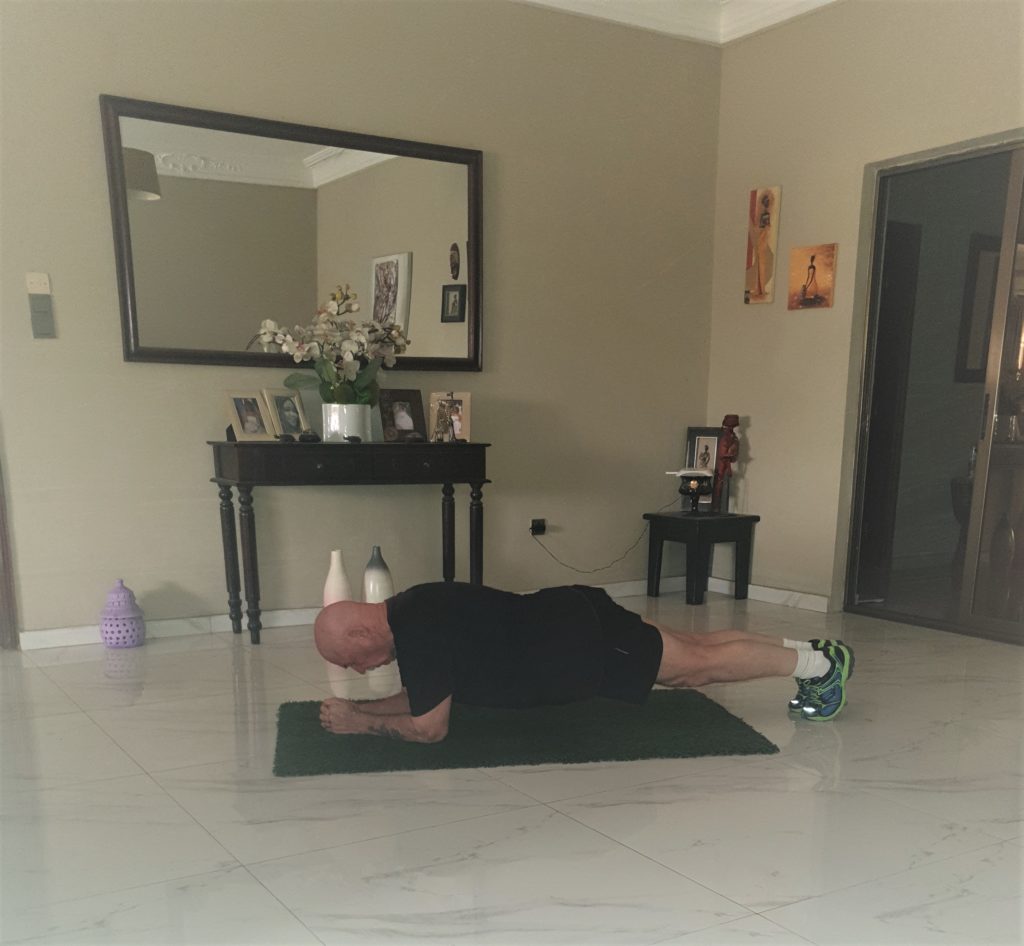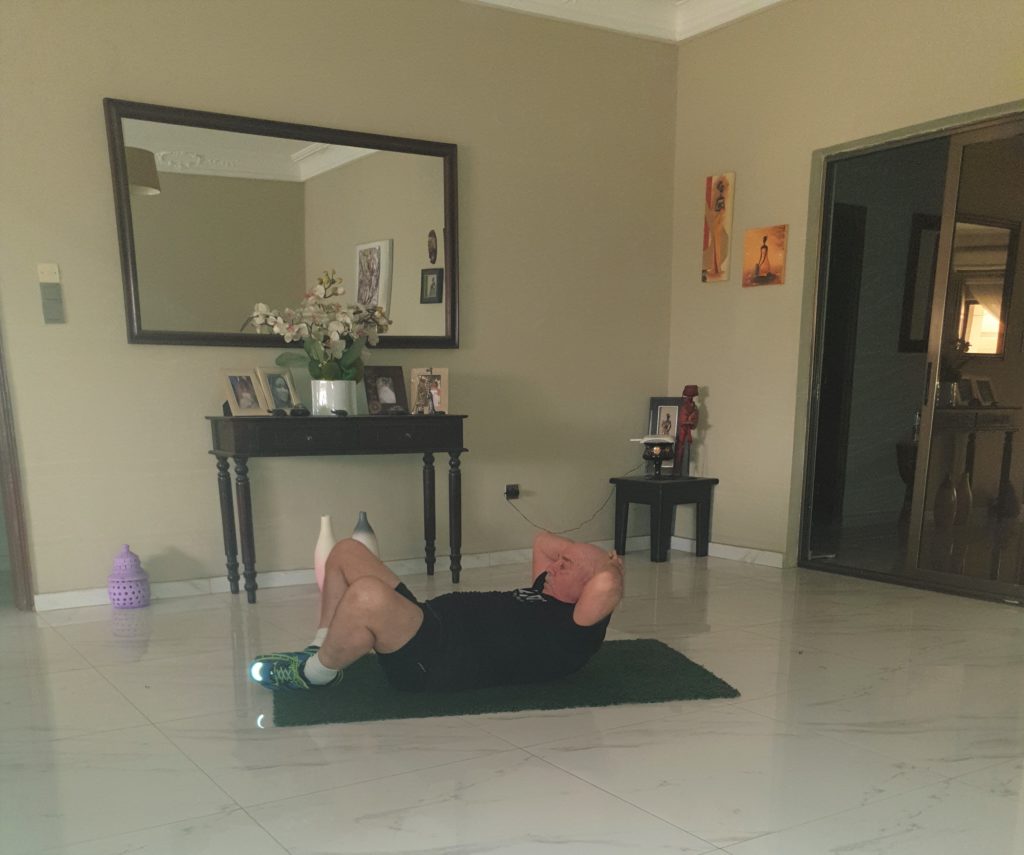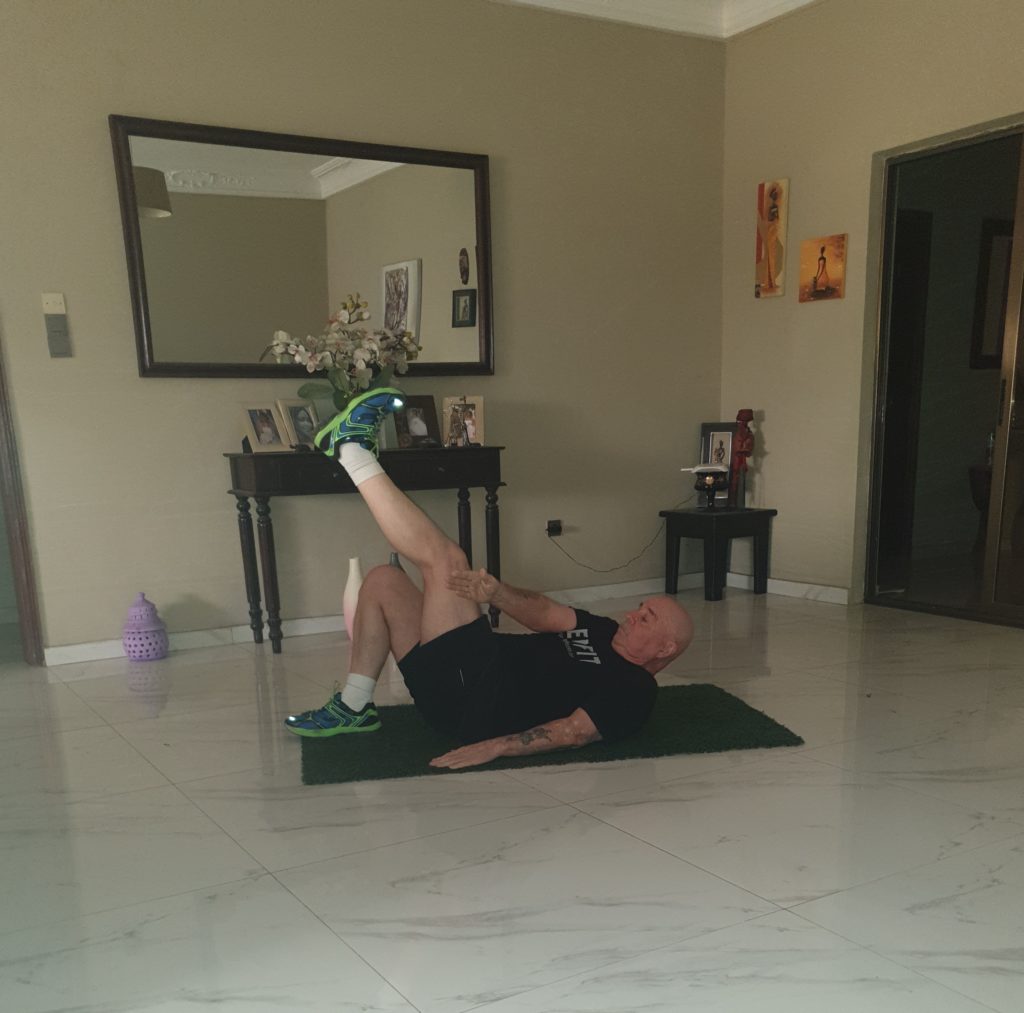
Introduction Abdominal Exercises
Abdominal Exercises 2. The abdominals — which are primary core muscles. And are an important part of the body to keep strong if you wish to move efficiently. Also, to stay confident in your ability to keep active and injury free. So then the abdominals play a key role protecting and stabilising the structures in our back.
Strong abdominal muscles are important in stabilising our core. Thus allowing us to move our limbs with purpose and perform even simple tasks such as getting out of a chair. Furthermore, turning while lying in bed, getting up from sitting or lying on the floor and maintaining our balance while moving. Hence, it is very important to train the core muscles, especially our abdominals, to be strong and enduring.
The Plank Is A Compound Exercise

Abdominal Exercises 2. The plank, a bodyweight exercise that involves holding the trunk of your body in a straight line off the ground. This static exercise engages multiple muscle groups at the same time which makes it extremely effective at strengthening your core. In addition, whilst also working the shoulders, arms and glutes.
Select a position where you can extend your whole body length. And using an exercise mat will give you enough padding to be comfortable on all fours. Also, you can choose whether to perform a plank on your palms or forearms.
- Begin in the plank position, face down with your forearms and toes on the floor. And your elbows are directly under your shoulders, and your forearms are facing forward. Also, your head is relaxed, and you should be looking at the floor.
- Engage your abdominal muscles, drawing your navel toward your spine. Keep your torso straight and rigid and your body in a straight line from your ears to your toes with no sagging or bending. As this is the neutral spine position. Ensure your shoulders are down, not creeping up toward your ears. So then, your heels should be over the balls of your feet.
- Hold this position for 30 seconds. Release to floor.
- Overtime work up to 45 or 60 seconds.
Butterfly Crunch

Abdominal Exercises 2. There are a lot of exercises that can make your muscles pop, and we all agree that crunches are among the toughest. But, butterfly crunches represent the exact opposite of what the name implies – they put quite a lot of strain on the abdominal muscles, making them really effective.
How to do it:
Starting Position
- lay your back on the floor or a mat
- bend the legs, so that the soles touch each other
- pull the feet towards the bottom a bit
- allow knees point outward and lower to a position without strain
- hold the head with the hands, flair the elbows out without strain
Correct Execution
- brace the abs and lift the upper body
- always hold the head in extension to the spine
- the range of motion is smaller than in the usual crunch
- the lower back remains on the floor and does not lift off
- hold the contraction for a short count of 3
- afterwards, let the upper body sink down and repeat
Leg Raise Chop

- Step 1 Lie flat on your back with arms by your side. Both feet are flat on the floor.
- Lift one leg straighten it and hold it just above the floor. Raise the opposite arm above your head.
- Raise the leg up slightly higher than the other bent leg. with the opposite arm above your head.
- As your leg raises crunch upwards, and at the same time, chop” your opposite arm across your legs.
- Remember to keep the small of your back touching the floor
Do these three exercises Monday. Wednesday, Friday for two weeks. Try to do more than 1 set each day. But no more than 3 sets.
In Conclusion
Your abdominal muscles are important and should kept strong by exercise, when they are not strong they do not support your stability and balance, and your back well and leave you vulnerable to having a fall. As you age if you fall more than once in a year and need medical treatment it is possible that can trigger an independence assessment, to find out if you can be left living independently, any failure of that assessment could lead to you losing your independence and being placed in a care facility, not something you want.
In addition, recently a team of scientists developed a new test to assess if elderly people were fit to live independently safely. So then it involves what is called a floor transfer test. Consequently it involves getting down on the floor and back up again, but there are some rules about how many times you can touch the floor or a support when getting down or up. Also, I have posted this before but in view of the new members I will repost it soon to keep you up to date. I will probably attach it to a Wednesday post very soon now.
Important Note *
Remember that everyone is different, and it is ultimately YOUR RESPONSIBILITY to find what your body responds to. So please do your due diligence before trying anything new, including getting Medical Advice to ensure your safety and peace of mind.
Connect with me and leave a comment or two on my social media.
4 replies on “Abdominal Exercises 2”
I think I can do this. Definately my weakest area.
Hi Debbie, When you know you have a weak area, that’s the area you should target to strengthen it, the abdominal muscles are part of every bodily movement you do, the three exercises I gave you will strengthen your abdominal muscles and as you realise they are weak, you will need to probably do them 5 times a week to get them stronger but, you must do what you can, I appreciate you comment, Good luck Ian
Thanks for your upload.
Sorry, this has nothing to do with the practices you are describing, but I see in the “IMPORTANT NOTE” paragraph, on the second line, o. what is this?
Hi Hiro, thank you for pointing out this to me, it is a small oversight, originally it was bracketed that would hold something which I later decided that it was not necessary and took it out, but it seems I have left the two brackets in, it appears like an O which I will get rid of ASP, I hope you are enjoying the posts I send out, I am happy you are with pensioner fitness. Regards Ian